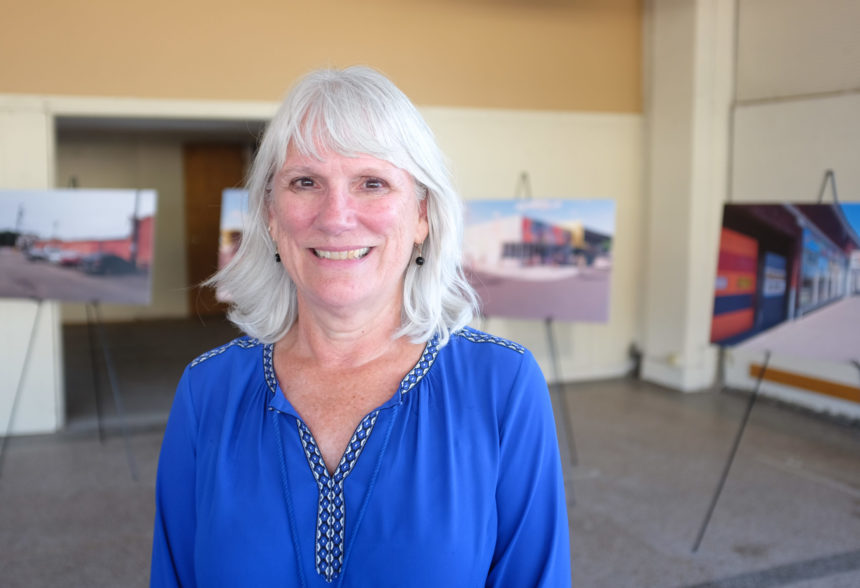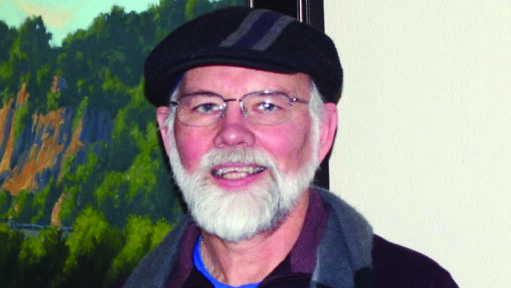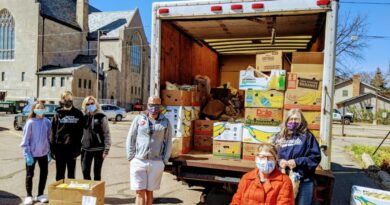Keystone eyes future with new food center
Years in the making, Keystone Community Services is expanding into the empty warehouses at 1790-2000 University Ave. at Fairview Avenue in what will be a crucial hub for the organization that serves the city’s less fortunate.The expansion couldn’t be coming at a better time for St. Paul as the effects of COVID-19 continue to ripple through the city’s communities. According to Ramsey County data from 2021, the latest available, about 11% of county residents were experiencing food insecurity, well above the 8.6% average statewide. Seventeen percent of Ramsey County children are experiencing food insecurity, well above the 12.5% average statewide and significantly higher than most other counties.
While these figures are down from their 2020 peaks (12.3% overall and 20.2% for children), Keystone President Mary McKeown says these numbers don’t tell the whole story. In fact, the provider of food and other services has been busier than ever. This August, Keystone supported 1,251 new people with food resources, which is nearly four times the number of new people supported in August 2021 (364).
“Low-income seniors, people with disabilities, families with young children and college students are just a few of the groups that are experiencing financial distress this year due to higher than anticipated food, gas and utility expenses, and they are turning to Keystone for food and household items to help them during this challenging time,” McKeown said, adding that visits to Keystone’s food shelf program have doubled since last year, and every month the number of new people reaching out for support increases.
New facility, new opportunities
That’s where the new food center will come in. Anticipated for a fall 2023 launch, pending adequate fundraising, the new food center will provide Keystone and those they serve with an additional 20,000 square feet of space out of which to operate.
Adding the ability to store excess food signals a paradigm shift for Keystone who to date has not had the ability to keep stores of food beyond what fills shelves. Perhaps the most crucial function of the food center will be that of a hub for Keystone’s other facilities. Thanks to large refrigerator and freezer units at the food center, Keystone will be able to stockpile the often unpredictable food deliveries that come in. These machines will not only help the organization weather the ups and downs of food supply chains, but they will allow Keystone to regularly distribute staple groceries out to their satellite locations that lack storage options. This will help stabilize stock of indispensable goods and will do away with the current practice of volunteers driving back and forth between shelters to grab goods.
“(Keystone’s other food shelves) are literally so small that the food comes in the back and then it goes out the front literally within the first 24 to 48 hours,” McKeown said. “If you think of a typical grocery store that doesn’t work so well.”
McKeown said the food center signals a crucial capacity-building strategy for Keystone to respond effectively and efficiently to the growing needs of St. Paul as the extra space will also allow larger groups of volunteers to visit and be useful. At Keystone’s other facilities, there can often be inefficient log jams of volunteers. But through thoughtful design brought about through communicating with around 700 community member, Keystone hopes to put together a space where volunteers can thrive alongside guests. One sign of this is a full-scale break area for volunteers, a luxury not found at Keystone’s other facilities.
Now the challenge will be to keep a continuous string of volunteers coming through the facility to keep it functional. At present, Keystone requires about 150 volunteers per week, a number that will surely swell once the community food center is operational. Volunteerism has waned slightly since the peek needs of the pandemic, but McKeown feels optimistic that the community will rise to the occasion and that the new space will inspire more groups to throw their names in the hat.
Adapting to shifting needs
The peak of the COVID-19 pandemic brought with it a swath of food-related challenges to the people of St. Paul that forced Keystone to go to the people. In 2020, Keystone distributed food to 32,000 people at their satellite food mobile distributions alone.
But without a garage capable of storing their current fleet and future vehicles, that program is approaching a ceiling. But blueprints for the new facility show that it will be able to facilitate up to four foodmobile vehicles, which are roughly the size of a bus. Storing the vehicles inside will also prevent vandalism and catalytic converter thefts, which have happened multiple times to food mobiles.
The pandemic also led Keystone to lean into their delivery program, through which they began serving folks they had not traditionally served in years past, namely older adults who have been known to turn down food in order for families to be served, according to McKeown. But the financial pressures of the pandemic ushered in an attitude change. McKeown said.
“(The pandemic) kind of made it OK, particularly for older adults, to ask for help,” McKeown said.
The road ahead
While food distribution levels are presently at what Keystone anticipated they would be years down the line, solving food insecurity is just one piece of the puzzle the organization hopes to piece together.
Drawing from community feedback after the purchase of the new facility’s buildings, Keystone is including within the food center’s design several rooms specifically for community gatherings, quiet space and interviews with other service providers. This holistic approach, McKeown said, will take the pressure off families who might otherwise struggle to travel to multiple locations to receive services such as the food shelf and financial planning. In other words, the shelter would allow a family to get food, visit with friends and receive varied services all in one stop.
The next step in order for Keystone to begin providing services at the food center is to get adequate funding. So far, the organization has raised just under $4 million of the anticipated $8.5 million to get the food center up and running. The organization kicked off their public facing fundraising drive at their Sept. 29 gala, where their goal was to raise $125,000.
McKeown hopes to begin work on the facility in earnest by January 2023.
Until then, McKeown is urging anyone in need to reach out to Keystone.
“If you’re not sure what you need, just call us. We might not provide that services, but we can make sure to connect you with that service,” she said.
To learn more about the facility and make donations or volunteer visit keystoneservices.org/donate/new-community-food-site/.




